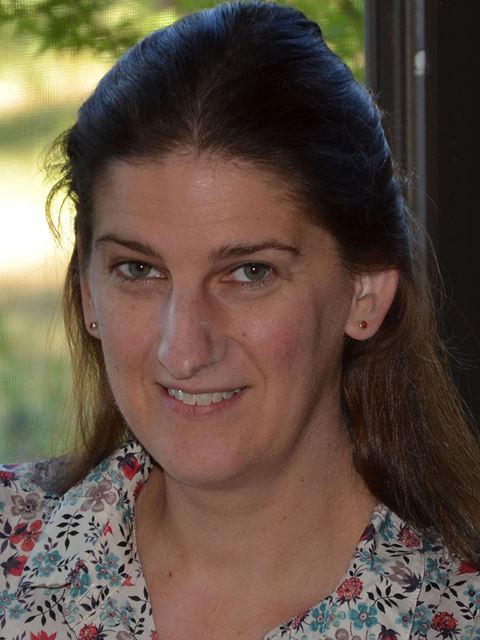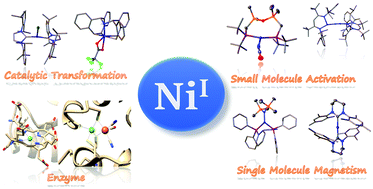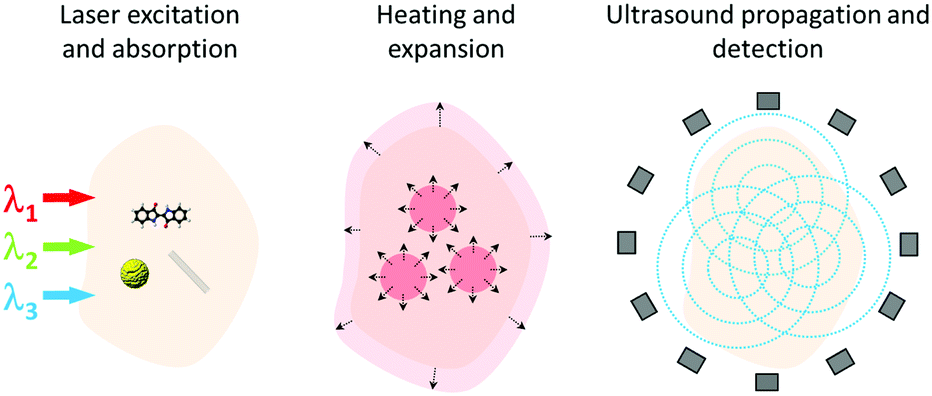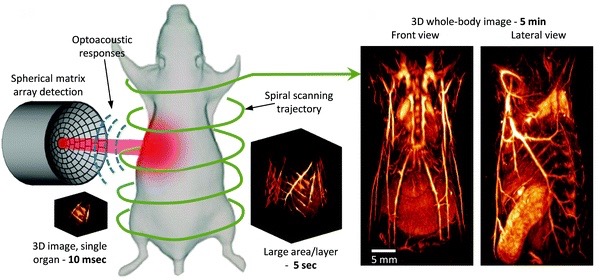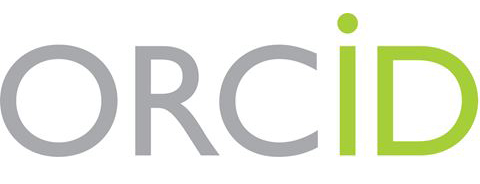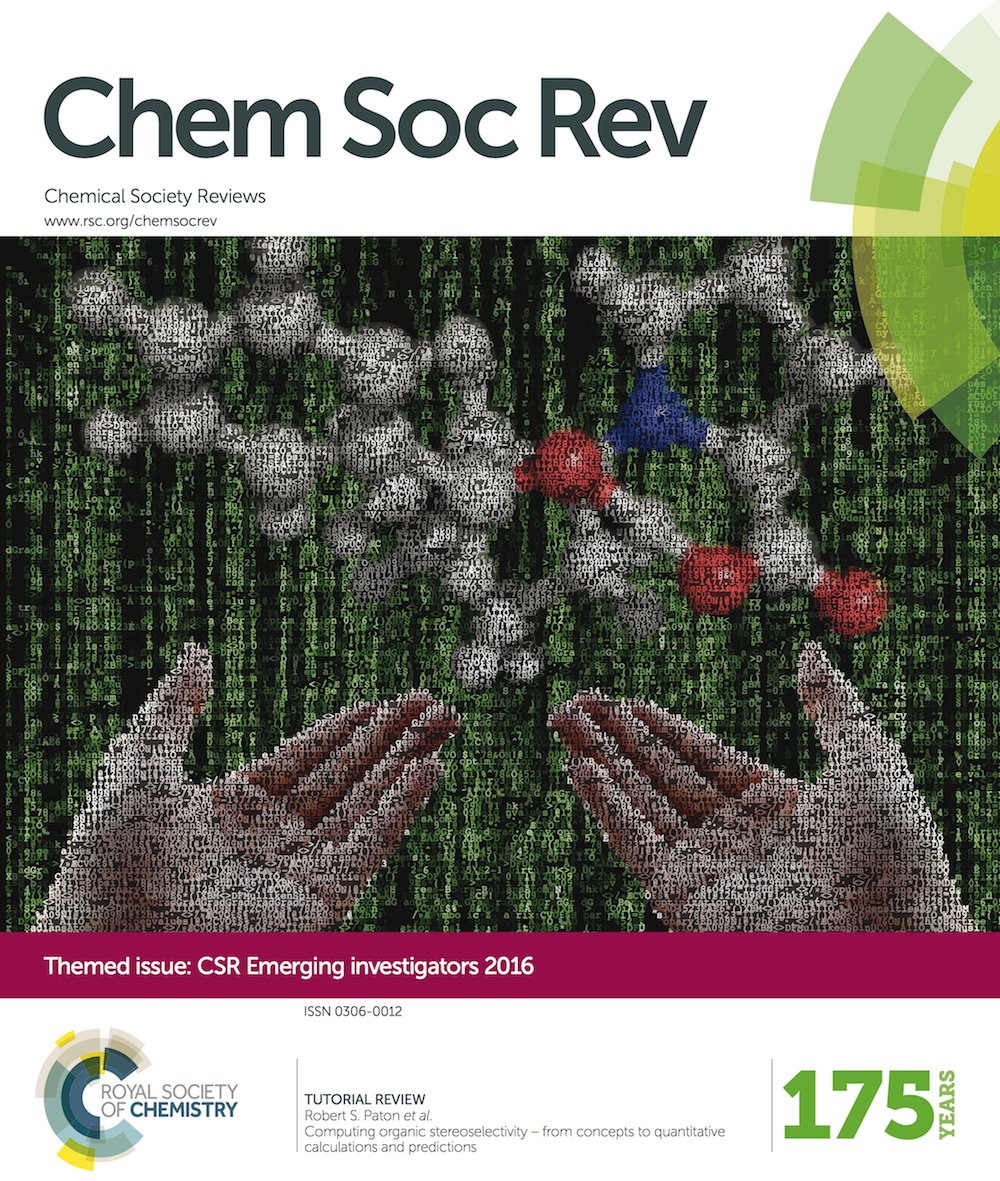On behalf of the Chem Soc Rev Editorial Board, we are pleased to announce the winner of the 2017 Chem Soc Rev Emerging Investigator Lectureship – Rafal Klajn from the Weizmann Institute of Science, Israel. Our warmest congratulations to Rafal!
Rafal was born in Poland, where he completed his undergraduate studies. He was awarded his PhD in Chemical and Biological Engineering in 2009 at Northwestern University, where he worked with Professors Bartosz A Grzybowski and Sir J Fraser Stoddart on fabricating new hybrid materials incorporating inorganic nanoparticles and molecular switches. For his doctoral research, he was awarded the 2008 International Precious Metals Institute Student Award, the 2010 IUPAC Prize for Young Chemists, and the 2013 Victor K. LaMer Award from the American Chemical Society.
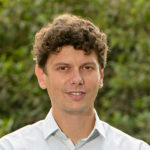
Rafal Klajn
He began his independent research career in November 2009 at the Department of Organic Chemistry, Weizmann Institute of Science, as a tenure-track Assistant Professor directly after obtaining his PhD degree. Since then, his group has worked on nanoscale reactivity and self-assembly – incorporating photo-responsive moieties into nanoporous solids, working with superparamagnetic nanoparticles of various shapes and demonstrating that cubic nanoparticles of iron oxide could spontaneously assemble into helical materials, and developing the concept of “dynamically self-assembling nanoflasks” capable of accelerating chemical reactions using light, working with flexible metal-organic (coordination) cages that can encapsulate diverse organic molecules ranging from fluorescent dyes to nonpolar pharmaceuticals, among other projects.
He is currently an Associate Professor at the Weizmann Institute of Science and now focuses on creating synthetic out-of-equilibrium systems and “life-like” materials, not only to develop innovative functional materials, but also to tackle what he deems as one of the most important and fascinating problems – the origin of life.
As part of the Lectureship, Rafal will present a lecture at three locations over the coming year, with at least one of these events taking place at an international conference, where he will be formally presented with his Emerging Investigator Lectureship certificate. Details of his lectures will be announced in due course – keep an eye on the blog for details.
Read these Open Access articles by Rafal Klajn:
Spiropyran-based dynamic materials
Rafal Klajn
Chem. Soc. Rev., 2014, 43, 148-184
DOI: 10.1039/C3CS60181A, Review Article, Open Access
Dual-responsive nanoparticles that aggregate under the simultaneous action of light and CO2
Ji-Woong Lee and Rafal Klajn
Chem. Commun., 2015, 51, 2036-2039
DOI: 10.1039/C4CC08541H, Communication, Open Access
Magnetic field-induced self-assembly of iron oxide nanocubes
Gurvinder Singh, Henry Chan, T. Udayabhaskararao, Elijah Gelman, Davide Peddis, Artem Baskin, Gregory Leitus, Petr Král and Rafal Klajn
Faraday Discuss., 2015, 181, 403-421
DOI: 10.1039/C4FD00265B, Paper, Open Access
From themed collection Nanoparticle Synthesis and Assembly
Controlling the lifetimes of dynamic nanoparticle aggregates by spiropyran functionalization
Pintu K. Kundu, Sanjib Das, Johannes Ahrens and Rafal Klajn
Nanoscale, 2016,8, 19280-19286
DOI: 10.1039/C6NR05959G, Paper, Open Access
The Chem Soc Rev Emerging Investigator Lectureship is an annual lectureship which recognises emerging scientists who have made a significant contribution to their research field. Nominations for the 2018 Lectureship will open later in the year – keep an eye on the blog for details, and read more about our previous winners.
2016: Gonçalo Bernardes from the University of Cambridge, UK
Guihua Yu from the University of Texas at Austin, USA
2015: Aron Walsh from the University of Bath, UK
2014: Peng Chen from Peking University, Beijing, China
2013: Xile Hu from the Ecole Polytechnique Fédérale de Lausanne (EPFL), Switzerland
2012: Xiaogang Liu from the National University of Singapore and Institute of Materials Research Engineering, A*STAR, Singapore
2011: Cristina Nevado from the University of Zurich, Switzerland
2010: Shu-Hong Yu from the University of Science and Technology of China, Hefei, China
2009: Matt Gaunt from the University of Cambridge, UK
2008: Kazuya Kikuchi from Osaka University, Japan
Read our excellent 2016 Chem Soc Rev Emerging Investigators themed issue and watch out for our upcoming Emerging Investigators issue next year.
Comments Off on Rafal Klajn: Winner of the Chem Soc Rev Emerging Investigator Lectureship 2017
















